The thick of autumn is upon us, dear reader, and with it the shivers. Around Hallowe’en you may be tempted to go and see yet another edition of Paranormal Activity (a quotation from the trailer: ‘There’s, like, obviously something going on here’) or something similar. Do not. There is nothing frightening about going to the movies. You are there with a crowd of other human beings, doing something fun and communal. This is not scary. If you’re serious about engaging with the spirit of the season, the thing to do is to stay up late alone, in bed, reading a terrifying book. Fortunately, the bookshop shelves are currently creaking under the weight of exactly that. Here are some of the most delicious horrors lately made available on the printed page.
William Gay died in 2012, but this year publishes a book called Little Sister Death (Faber, £12.99, pp. 240). Sadly, this was not written posthumously (how good a zombie-penned book would be!), but rather has been reconstructed from his manuscripts. You may have heard of Gay’s novel The Long Home, currently being adapted for the screen by James Franco. Little Sister Death is inspired by the legend of the Bell witch of Tennessee, a nasty episode from the early 19th century in which one John Bell was harassed by a rude and mysterious voice emanating apparently from his house. In Gay’s version, a nice young family from Chicago rents a spooky house so that the dad can write a scary book about it. Little does the dad know that he is the protagonist in a scary book about the house already. It’s a very neat setup, making for a very frightening haunted-house story. There are also many snakes in it: a cheap strategy, but an effective one.
If the shotguns and Spanish moss of Southern Gothic remain too camp to frighten you, two longer novels from colder climes may work. The Undesired (Hodder, £14.99, pp. 368) by the Icelandic novelist Yrsa Sigurðardóttir bears some oddly close resemblances to TV Scandi-drama: the protagonist works in municipal government, and the horror, when it comes, is all the nastier for taking place in the most banal of environments. The translation is a little clunky (‘Lara had fallen out of a window of her flat and his life had undergone a transformation’), but the writing is undisguisably good.
Also genuinely frightening is Catriona Ward’s Rawblood (Weidenfeld, £14.99, pp. 320), a long, time-hopping account of a single family’s horrible curse. Like the best classic Gothic novels (Dracula, Frankenstein, The Castle of Otranto), Rawblood relies on partially informed narrators telling their own stories in a ‘diary’. As a meta-examination of the Gothic genre (it’s mostly set in the 19th century) and as a straightforward tale of grisly haunting, Ward’s novel is remarkably successful.
Short stories are never quite as frightening as full-length works (pace M.R. James). The faint of heart may still enter into the seasonal spirit by enjoying two new story collections, John Connolly’s Night Music: Nocturnes 2 (Hodder, £14.99, pp. 464) and Audrey Niffeneger’s Ghostly (Vintage, £14.99, pp. 464). The first is a sequel to Connolly’s 2004 compendium of nasties, Nocturnes, and offers a similarly heterogeneous assortment. Some are horrible, some are just clever. The first story, in which a lonely bookworm witnesses the suicide of an oddly familiar-looking lady in the English countryside (do the words ‘red handbag’ ring any bells?), may be the best.
Niffeneger, author of the not terribly scary The Time Traveler’s Wife, has assembled an array of tales of the spirit world which range from the classic — Edgar Allan Poe, Edith Wharton, P.G. Wodehouse — to the contemporary — A.S. Byatt, Neil Gaiman. The stories are also illustrated by Niffeneger, whose eerily muted palette and stilted line you may have seen in her illustrated novel The Three Incestuous Sisters.
Gillian Flynn’s new story, The Grownup (Weidenfeld, £3.99, pp.80), is also short. This is a story with a child at its centre: alas, this child is not cute. Flynn’s plotting is so tight that the tale reads like a very short movie treatment, but it works better, in fact, than her novels. Gone Girl examines the logical conclusion of gendered marital duplicity and is therefore horrifying, but it is also, by the same token, kind of silly. The short story is too lean and stark a form for silliness. Stories should be taut but humming with ambiguity, and The Grownup is both.
This year, as every year, however, you would be best off picking up Angela Carter’s The Bloody Chamber.Carter’s classic collection of warped fairytales has just been reissued to celebrate the 75th anniversary of her birth (Penguin, £10.55, pp. 176 — with a new introduction by Kelly Link, who also has a story in Audrey Niffeneger’s Ghostly). All of the above fright-peddlers owe Carter an enormous debt, especially those with young female narrators whose sexuality informs the nature of the horror they describe (Catriona Ward, Gillian Flynn). Helen Simpson pointed out a few years ago Carter’s own debt to the luxurious ghastliness of Charles Perrault (1628–1703) and the Marquis de Sade (1740–1814). For now, however, I think we may see her as an original force who still hovers over the scary-book genre, reminding us just how good the paranormal story can be.
Happy reading — and enjoy the long nights while they last.
Got something to add? Join the discussion and comment below.
Get 10 issues for just $10
Subscribe to The Spectator Australia today for the next 10 magazine issues, plus full online access, for just $10.
You might disagree with half of it, but you’ll enjoy reading all of it. Try your first month for free, then just $2 a week for the remainder of your first year.

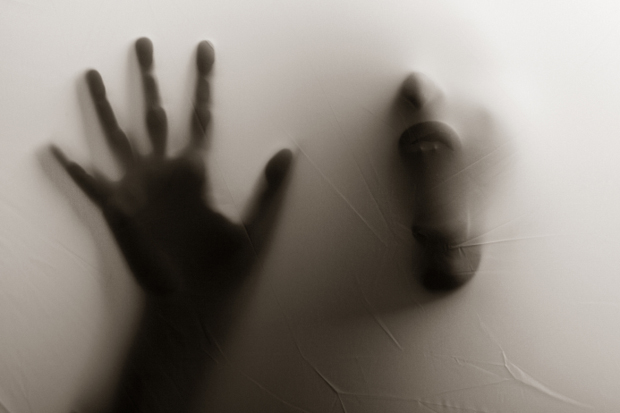

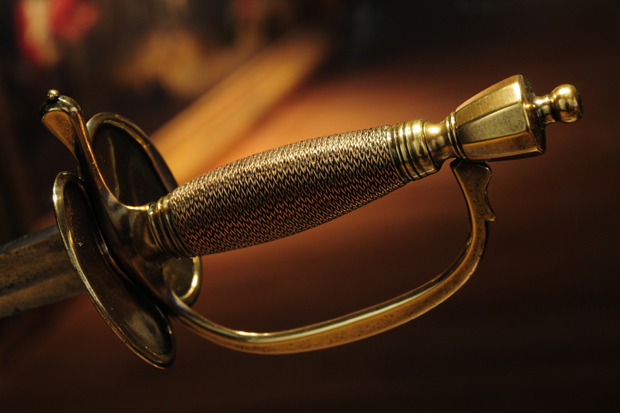
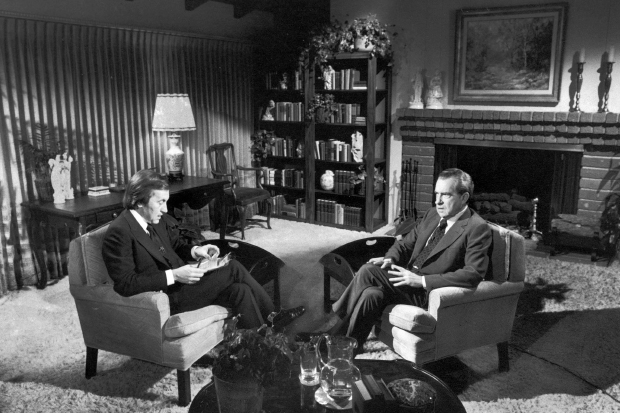
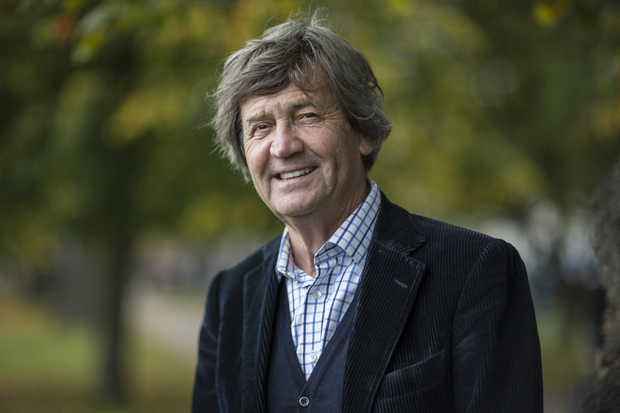
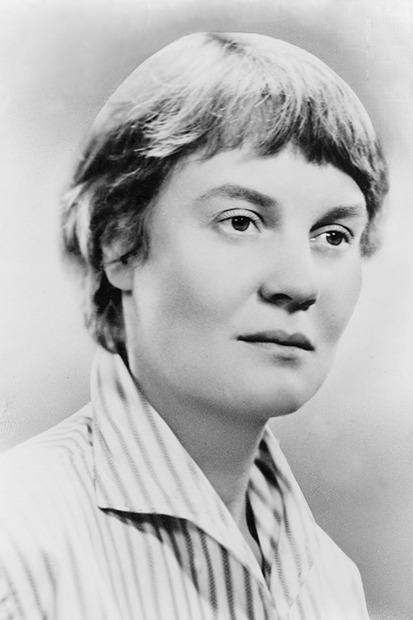
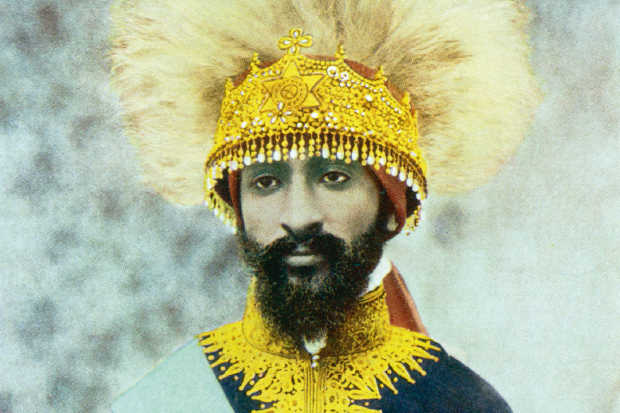






Comments
Don't miss out
Join the conversation with other Spectator Australia readers. Subscribe to leave a comment.
SUBSCRIBEAlready a subscriber? Log in